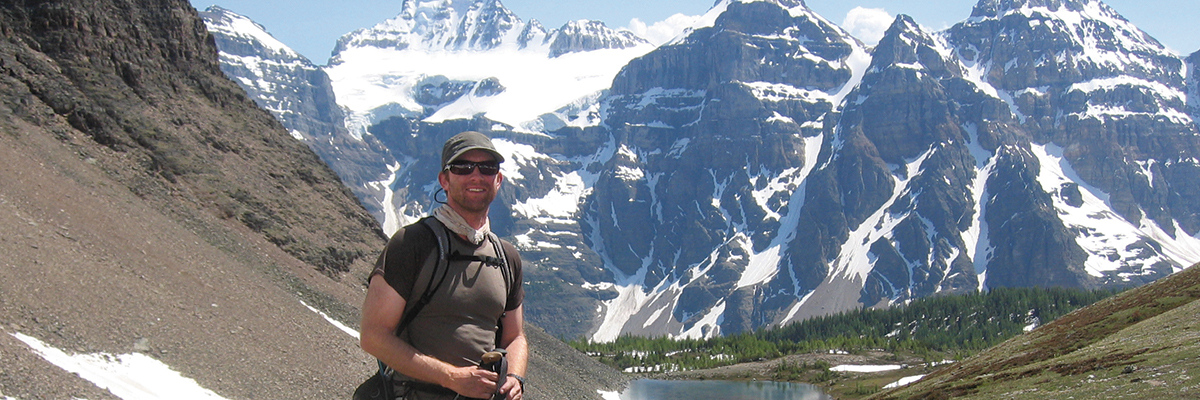They don’t kill black bears anymore in Yosemite National Park, not if they can help it. The bears—many of them conditioned to steal campers’ food—are at once a huge draw and a stubborn nuisance to many of the millions of visitors who come to the park each year. Not killing them is a good thing, but managing them isn’t easy, or cost-efficient. And even that misses the point, because the main problem, as Jack Hopkins understands it, isn’t the bears. It’s us.
A wildlife ecologist who had previously worked as a biologist at Yosemite, Hopkins figured out just how much humans have impacted the way the park’s bears eat—and, ultimately, how they behave. As part of his Ph.D. research at Montana State University and the University of California-Santa Cruz, Hopkins collected historical samples of hair and bone pulled from museum archives, and hair samples of modern bears captured on barbed-wire snares throughout the park. He then used stable isotope analysis to measure how much human food the bears were eating at various points over the past century, in particular before and after the park received funding to limit their access to human food.
What he learned: Once bears develop a taste for human food, they’ll stop at nothing to get more. “They want to get as many calories for their effort as possible, and they know if they get into a cooler, they can score thousands of calories in minutes,” Hopkins says. “At that point, they’re not going to change.” He also confirmed that the park’s efforts to limit the bears’ access to food—everything from talking to individual campers to installing food storage lockers—has made a huge dent in the problem. It just hasn’t solved it. The takeaway? “We can never eliminate the problem unless we remove all the bears or all the people. Instead, we must limit the access bears have to ‘people food’ by keeping a clean camp.”
That mentality jibes with Hopkins’ current projects, which he calls “human-wildlife conflict stuff.” Through postdocs in Canada and China, he’s studying the impact of the Canadian Pacific Railway on the grizzly bear population in Banff National Park and investigating human-snow leopard interactions on the Tibetan plateau. From Yosemite to Canada to the Far East, Hopkins sees a common theme: “We have a major impact on wildlife. It’s better to manage people.”

